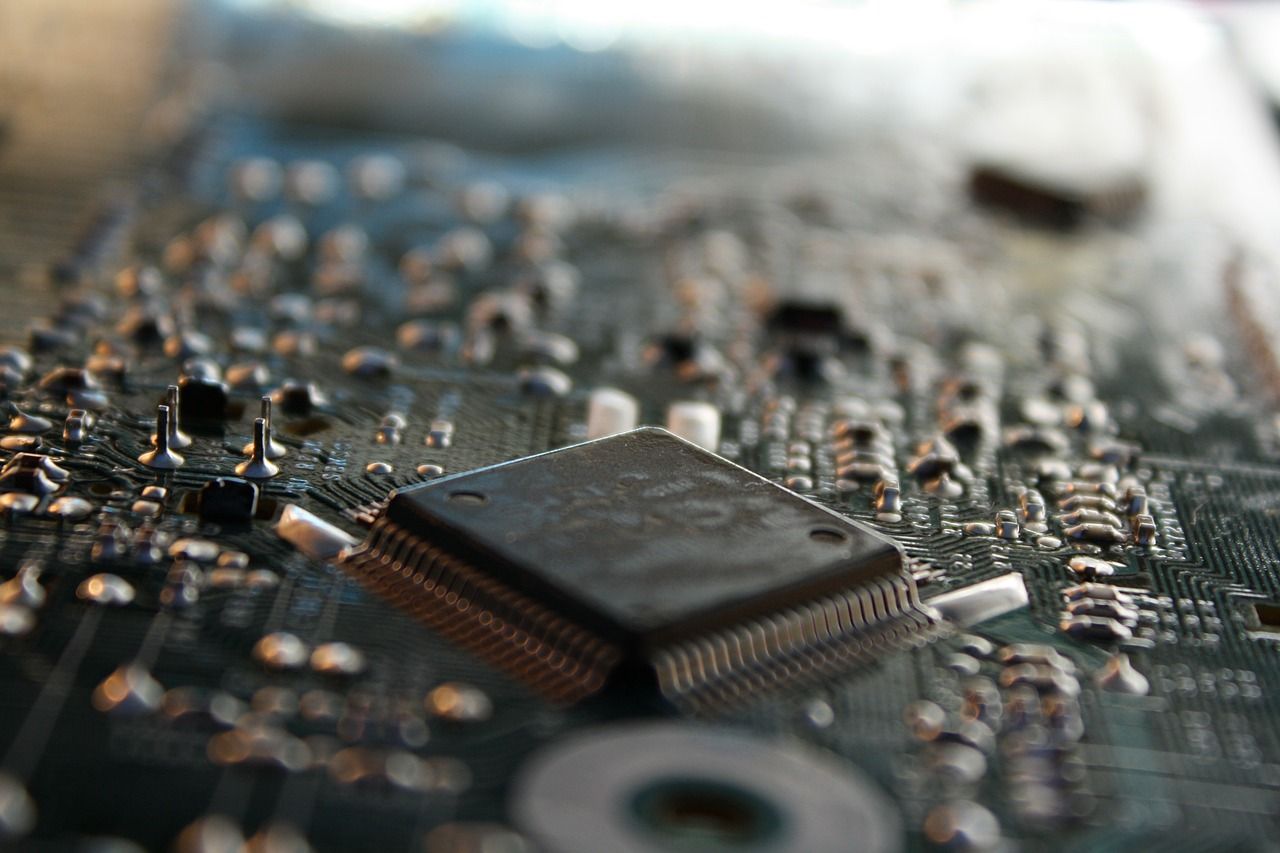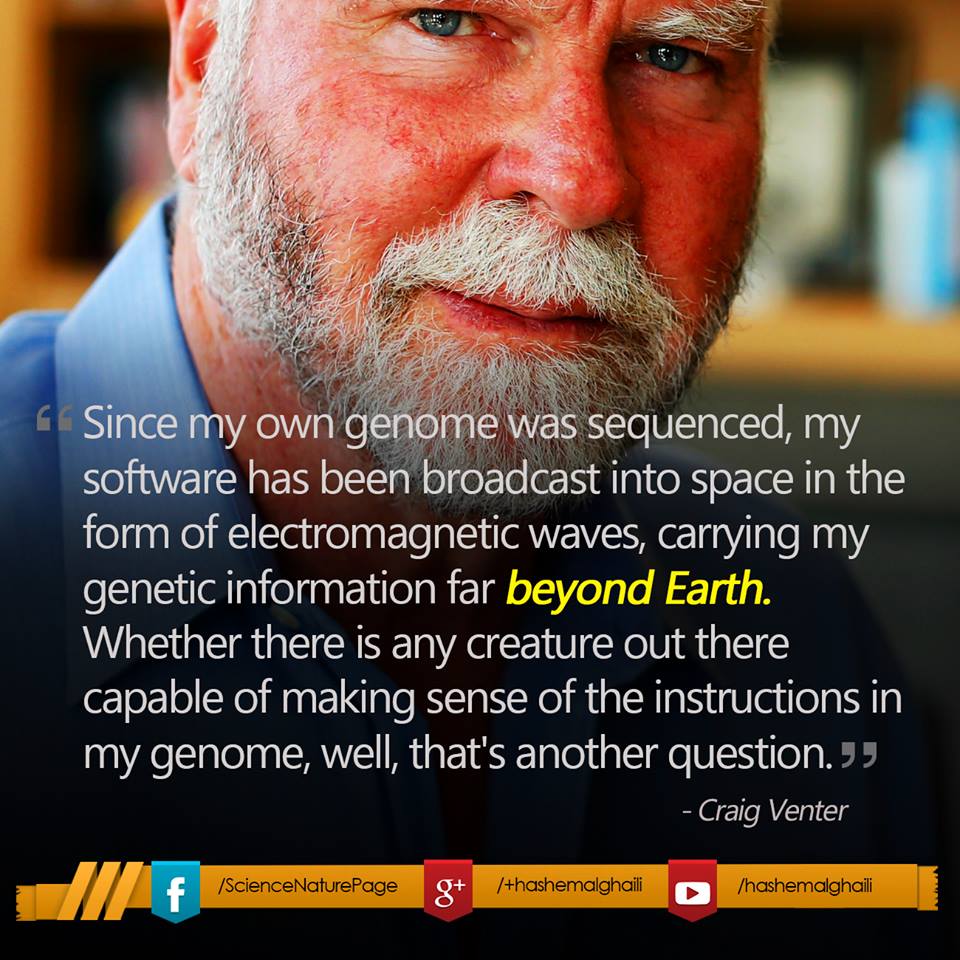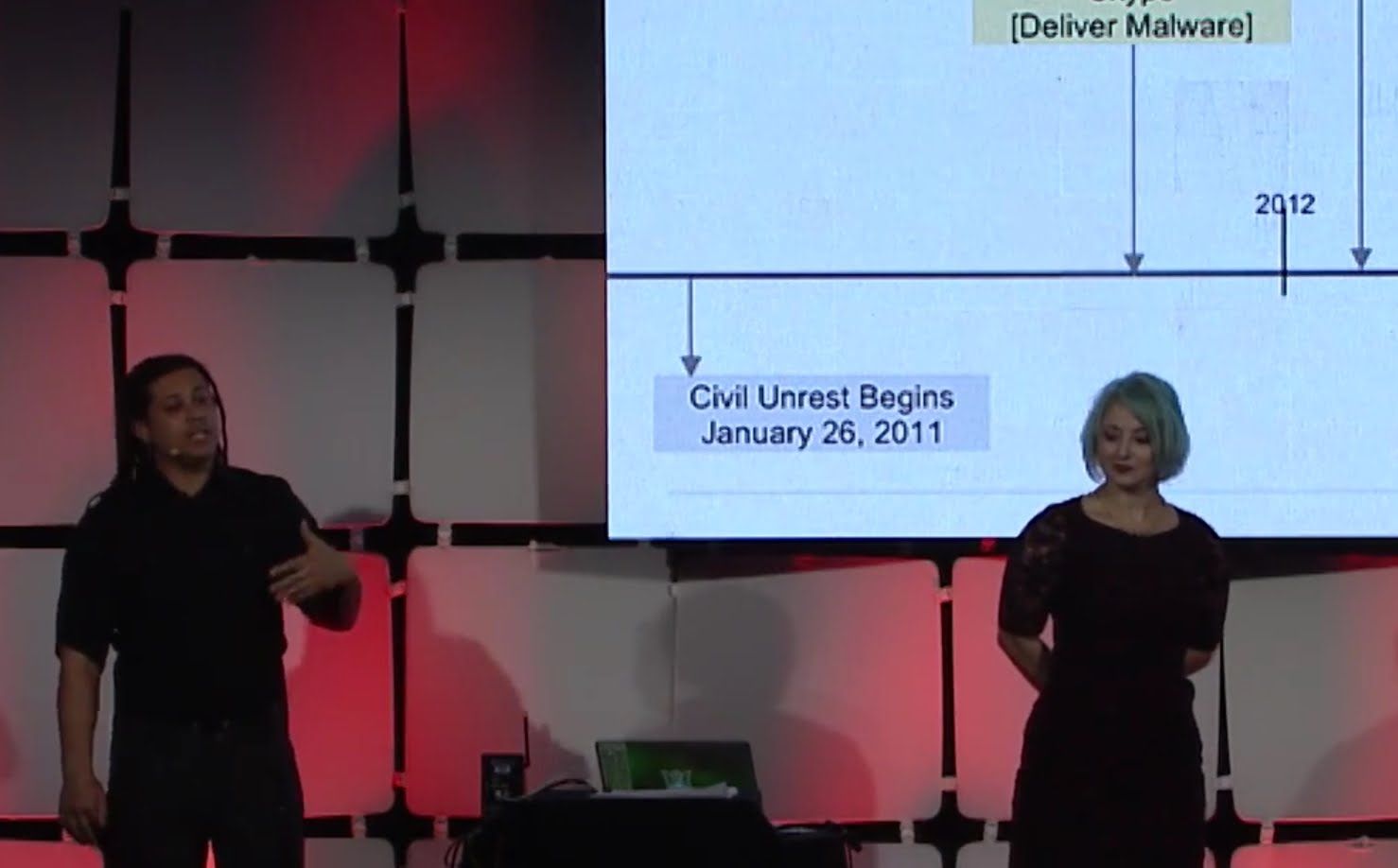The budding carmaker is investigating technology for plugless recharging its EVs.
New Israeli Technology 2015
Posted in military
Photochemical tissue bonding (PTB) is a light-based method to repair tissues and is an alternative to traditional sutures and staples used to close wounds. Unlike the latter, PTB does not cause inflammation and scarring at the repair site. PTB works by applying light-sensitive Rose Bengal dye to the exposed tissue. When the dye is exposed to green light, the dye absorbs the light, thereby causing the tissue to crosslink and form a water-tight seal. While PTB can seal incisions sans inflammation, the technique is limited by how deep the light can penetrate the tissue. Researchers from the University of St Andrews and Harvard Medical School have developed a bioabsorable optical waveguide, which can deliver light deep into tissues before being absorbed.
In a study published in Nature Communications, researchers fabricated optical waveguides from a variety of polymers, but ultimately tested the degradation times of the polymers PVP and PLGA (50:50) in vivo. They inserted 1 × 5 mm x 500 µm pieces of bulk polymer subcutaneously in mice and examined the implant at different time points. The PVP waveguide dissolved within one hour of implantation, whereas the PLGA polymer began to lose shape after 17 days, illustrating that researchers can tune the degradation time (ranging from hours to days) of the optical waveguide for a specific application.
After establishing the biodegradability of the polymer waveguides, the team showed how the waveguides could extend the penetration depth in PTB. Light was coupled to the device via pigtail fiber, which was trimmed off after light was applied, thus leaving only the bioabsorable polymer within the wound. Immediately after a pig was killed, they made a “full-thickness incision” (1 cm) on the dorsal skin and applied Rose Bengal dye. In the control, they applied 532-nm light (1 W) for 15 minutes at the surface of the wound. In waveguide assisted PTB, they inserted the polymer waveguide and applied light through the waveguide, effectively increasing the penetration depth of the light. The shear tensile strength of the control PTB was 0.33 kPa compared to 1.94 kPa in the waveguide assisted PTB, illustrating that the optical waveguide enabled tissue crosslinking and wound healing at greater depths.
How interesting!
Posted in biotech/medical, genetics, space
Chameleons are masters at rapidly changing the color of their skin to camouflage themselves or communicate with others. Scientists worldwide have long sought to mimic the skins of these reptiles to render people effectively invisible with chameleon suits.
Now a mechanical chameleon from China can change color to almost every hue in the visible spectrum with the aid of bumps made of gold and silver on its skin, researchers say. The scientists published their work this past month in the journal ACS Nano.
Eva Galperin, Electronic Frontier Foundation.
Morgan Marquis-Boire, Citizen Lab, University of Toronto.
Protecting high-risk individuals has always been a problem for the security industry. While many enterprises focus on mitigating scenarios that will affect the greatest number of their users, harm from attacks is not distributed proportionally. Cyber-attacks on high-risk individuals in dangerous situations can lead to torture, kidnapping, and worse. But dealing with targeted attacks is time-consuming and resource intensive. This problem is exacerbated when the target is an individual or small NGO rather than a large enterprise. This talk will discuss the challenges of protecting high-risk, targeted users using the experience of the speakers in assisting targeted NGOs and individuals.
Sign up to find out more about Enigma conferences:
https://www.usenix.org/conference/enigma2016#signup
Watch all Enigma 2016 videos at:
Interesting article, and one thing that I have thoroughly enjoyed over the years is helping companies developed new products and services through innovation, or changing their IT organization into real profit centers like this article highlights. And, as part of these types of transformations it has always been key to change/ reinforce the culture’s mindset that business owns the definition of the strategies and solutions.
However, as AI becomes more and more prevelant across businesses; we could eventually see that IT ends up owning the definition as well as the enablement of the solutions for the company/ business. So, it is almost like we come full circle through AI after all. And, this is just one of many business/ corporate cultural questions that we will need to address with AI in the coming years.
There are many reasons to run IT as a well functioning business instead of the traditional cost center model. Below are the top 5 consequences of continuing to run IT in the traditional manner.
Wasted Resources

Running IT as a cost center actually can result in waste of precious company resources. Both money and time can be used more effectively if the department is run in a more business like manner. Money is wasted through duplication of efforts, maintaining systems that should be replaced, failed projects, and systems and data centers that do not meet the business needs. The most precious resource of time is wasted in both IT departments and throughout the company. Poorly run projects that run over time or do not provide full value impact everyone. Business departments also spend time working around IT instead of with it resulting in wasted time. Running IT as a business helps ensure that time and money are used in the most effective manner to help the business meet it objectives.
Watson for President 2016
Posted in robotics/AI
The Watson 2016 Foundation is an independent organization formed for the advocacy of the artificial intelligence known as Watson to run for President of The United States of America.
It’s time to elect the first artificial intelligence into office.


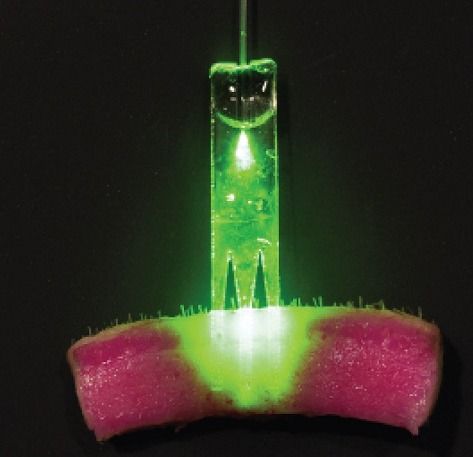
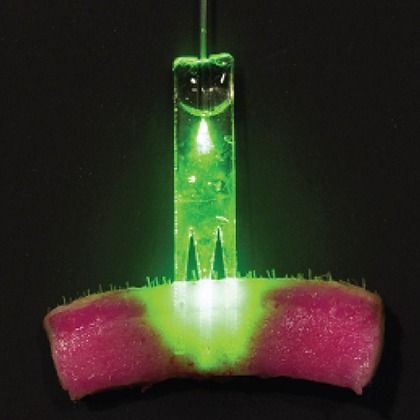 Photochemical tissue bonding (PTB) is a light-based method to repair tissues and is an alternative to traditional sutures and staples used to close wounds. Unlike the latter, PTB does not cause inflammation and scarring at the repair site. PTB works by applying light-sensitive Rose Bengal dye to the exposed tissue. When the dye is exposed to green light, the dye absorbs the light, thereby causing the tissue to crosslink and form a water-tight seal. While PTB can seal incisions sans inflammation, the technique is limited by how deep the light can penetrate the tissue. Researchers from the University of St Andrews and Harvard Medical School have developed a bioabsorable optical waveguide, which can deliver light deep into tissues before being absorbed.
Photochemical tissue bonding (PTB) is a light-based method to repair tissues and is an alternative to traditional sutures and staples used to close wounds. Unlike the latter, PTB does not cause inflammation and scarring at the repair site. PTB works by applying light-sensitive Rose Bengal dye to the exposed tissue. When the dye is exposed to green light, the dye absorbs the light, thereby causing the tissue to crosslink and form a water-tight seal. While PTB can seal incisions sans inflammation, the technique is limited by how deep the light can penetrate the tissue. Researchers from the University of St Andrews and Harvard Medical School have developed a bioabsorable optical waveguide, which can deliver light deep into tissues before being absorbed.